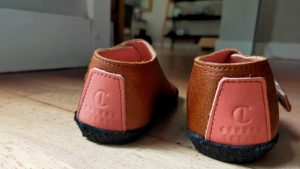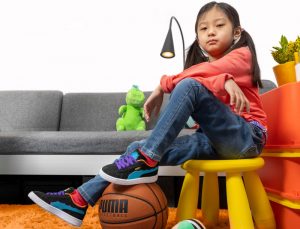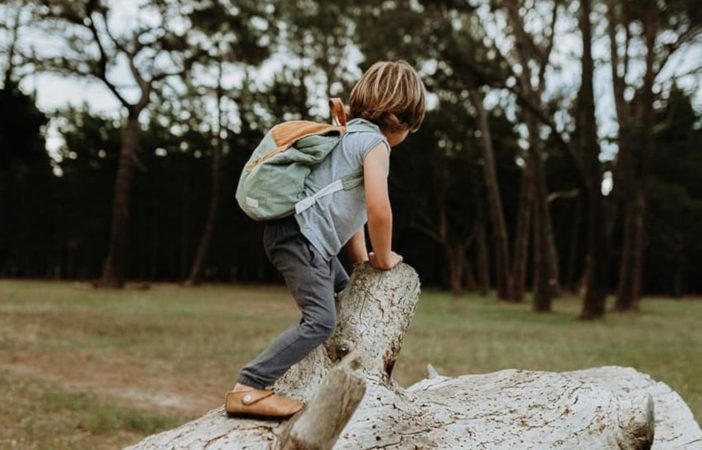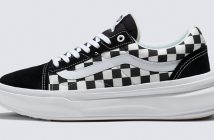Barefoot is best for little feet, but there are times when shoes have to be worn for protection. These need to be as natural and simplistic as possible so that toddlers’ feet can do what they are naturally meant to do and develop correctly.
Shopping for the best children’s shoes can be a daunting task. Incorrect footwear could negatively impact foot and overall development in children, and often the hard and thick-soled shoes that toddlers wear hinder their movement, explains Nicole van Besouw, occupational therapist and co-founder of Common Tread Shoes.
“It’s natural for mums and dads to want to protect their children’s feet, but it’s incorrect to think that toddlers need arch support or cushioning, even if their feet look flat,” Nicole explains. “In fact, science shows us that the opposite is true – the less cushioning they have the more the ligaments and muscles naturally strengthen.” These ligaments are the primary structure for supporting the foot. “Forcing developing feet into the wrong kind of shoes will negatively impact gait (walking) and can even cause deformities.” she says.

As Dr Irene Davis of the Harvard Medical School states, “If we start our kids out wearing minimalist shoes, there will be no adaptation that is needed as adults and I believe that this could be one piece of the holy grail in reducing musculoskeletal injuries in adults.”
Footwear should support the foot’s physiological function and the shape and dimensions of the shoe should be the same as that of the foot. As the feet of children are still maturing, they are more vulnerable to external influences like shoes.
So, what should you look for when choosing shoes for your child? Here are 5 design specifics to look out for when choosing kids’ shoes.

1. Zero-slope from heel to toe and minimal cushioning – a heel on the shoe alters the position of leg muscles and the spine.
2. A pliable sole that offers grip but still allows for optimal flexibility of the fore-foot during climbing, running and jumping. The foot needs to be able to absorb stress and adapt to all the various terrains.
3. Minimalist, thin sole that allows optimal feedback (sensory input) from the environment – the foot is a sensory organ receiving messages to send to the brain – the more the child feels, the more confidence there is when moving about.
4. Wide toe box – the toes should be able to splay in the shoe in a natural position – this improves natural foot function, stability during play, enhancing balance and proprio-receptive feedback.
5. Soft, natural, toxin-free materials – parents should choose shoes made from natural materials. An example is a vegetable-tan leather lining that is breathable and naturally fights foot bacteria which causes foot odour. The shoes should also be light and easy to fasten so that children can put their shoes on themselves. This is important to encourage independence.
PriceCheck tip: Keeping the kids busy during winter can be tricky, but PriceCheck has a huge range of toy listings to find the best goodies for your kids this season.




